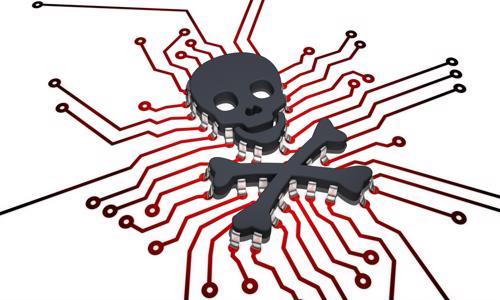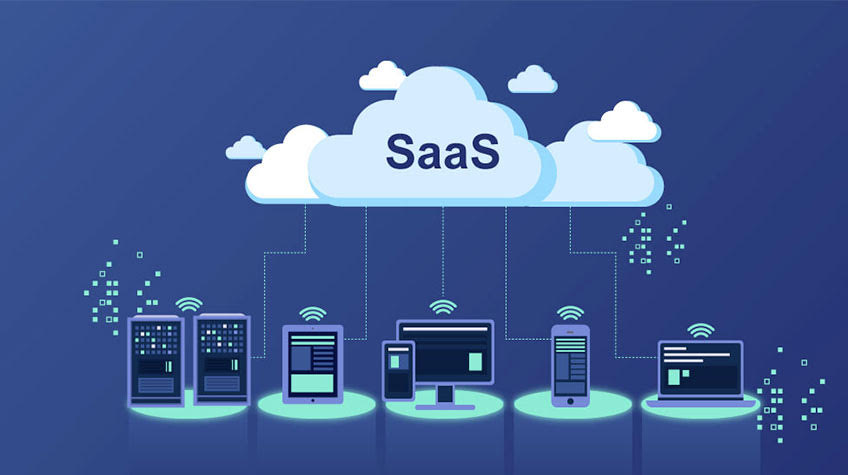Every year, it seems a new prediction comes out about some key technology, forecasting that another, later and greater solution will replace its legacy counterpart altogether. We’ve heard this prediction made about everything from network connections like MPLS to digital communications, and while every piece of older tech will surely be phased out eventually, there is one system that’s holding out strong: the fax.
That’s correct: In many industries across the globe, fax isn’t being as quickly replaced as many might assume. In fact, the use of traditional fax machines, and more updated cloud fax solutions, is actually on the rise in numerous sectors, directly in contrast to predictions that the technology had been outmoded by email long ago.
Coopersmith’s “The Rise and Fall of the Fax Machine”
One of the most well-thought-out predictions surrounding the fax machine comes from author Jonathan Coopersmith in his book, “The Rise and Fall of the Fax Machine.” The work outlines the somewhat surprising 160-year history of the fax machine, originally invented in the mid 1800s, through its emergence as a key communication technology in the 1980s and ’90s.
However, while a synopsis of the book from Johns Hopkins University Press noted that fax technology has been outpaced over and over again by “easier, less expensive modes of communication: first telegraphy, then radio and television, and finally digitalization in the form of email, the World Wide Web, and cell phones,” a recent look at the use of fax shows that this isn’t altogether true.
What’s more, the book’s author and driving force behind the prediction, Jonathan Coopersmith, admits as much in a recent piece for The Washington Post.
“The end I predicted has not yet come: Millions of people, businesses and community groups send millions of faxed pages every day, from stand-alone fax machines, multifunction printers and computer-based fax services,” Coopersmith wrote for The Post. “It turns out that in many cases, faxing is more secure, easier to use and better suited to existing work habits than computer-based messaging.”
But what factors are negating Coopersmith’s original prediction, and why do business users all over the globe continue to reach for the fax? Why is fax still used and who uses it today? There are several reasons behind the continued rise of fax. Let’s take a look.
1) Fax tech is more up-to-date than many assume
When one envisions fax technology, mental images of large, clunky machines often come to mind, representing one of the most legacy systems today. In many instances where fax is used, however, this is very far from the case.
While options like multipurpose printers, which can print traditional documents and send faxes, are still widely utilized, many organizations are updating their communications to include a more advanced fax server, or cloud-based fax solution. These technologies send and receive faxes in a way that is more similar to regular email with a PDF file attachment.
In instances that include a completely cloud-based solution, enterprises don’t even need to have a fax machine or server on-site to support these workloads, and can instead fax completely digitally. In other situations, organizations opt for a “partly-cloudy” hybrid deployment that leverages the best of an on-premise system with the advantages of the cloud.
2) Fax, in many cases, is more compliant
One of the biggest reasons fax is still being used in a widespread manner is its security. This is particularly true in the health care sector, where regulations including the Health Insurance Portability and Accountability Act (HIPAA) actively prevent the use of email for sensitive data transmission.
As Coopersmith pointed out, with the passing of HIPAA, fax manufacturers responded with reworked, specifically compliant solutions capable of providing the right protection for patient files and other highly personal information. In this way, fax became the de-facto communication system in the healthcare sector.
“HIPAA-compliant fax systems ensure that the correct number is dialed and limit who can see received faxes,” Coopersmith wrote in The Post article. “Digital patient-information systems have struggled to meet the same standards of administrative, technical and physical security.”
And because fax doesn’t use the types of digital connections that email leverages, fax doesn’t carry the same risk for cyberattacks, unauthorized access or other potential malicious activity.
3) Users don’t want to change their workflows
In addition to benefiting from advanced user interfaces and inherently secure underlying technology, many users are also simply reluctant to give up their long-held fax workflows.
In fact, recent IDC data shows that 82 percent of employees across 200 large companies sent the same number, or even more fax messages in 2017 than they did the previous year. Another survey of more than 1,500 corporate professionals found that 89 percent still use fax on a decently regular basis.
And this isn’t unique to the U.S. – a study involving more than 500 German companies found that as many as 77 percent still use fax “often” or “very often” both inside and outside of the business.
Particularly within smaller businesses, keeping fax in place is simply the easiest and most cost-efficient option, especially when the company’s partners and suppliers are still using fax as well.
Fax: Still alive and well
Despite Coopersmith’s and others’ predictions that fax technology would soon meet its end, it appears the opposite is happening. Not only is fax use still strong in many businesses, it’s actually on the rise, especially in organizations that must send and receive highly sensitive data.
Fax certainly isn’t dead, and its tombstone won’t be made up any time soon.





